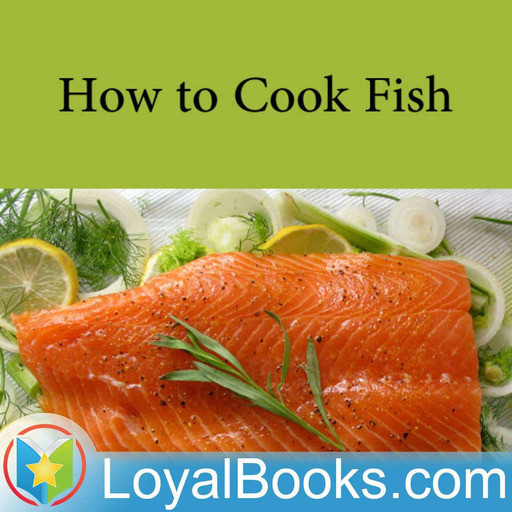
|
The Hairy Rock Show PodcastPlanet Rock
Si King and Dave Myers, aka The Hairy Bikers, present The Hairy Rock Show on Planet Rock!
Classic Rock and cooking collide in this seven-part series hosted by two of the UK's most popular cookery book writers.
Each week, the loveable hairy pair treat listeners to features like The Nosh Pit, where they create special recipes on the radio inspired by classic rock songs to get those taste-buds and eardrums tingling simultaneously (think Led Zeppelin’s Custard Pie, or Poundcake by Van Halen). You can even see the recipes on planetrock.com (http://planetrock.com/) every Sunday so you can have a go yourself!
Si and Dave also invite you to get in touch with your cookery issues in their Sunday Roast Amnesty. Tell the lads about your problem and they will do their best to fix it! From rubbish roasts to soggy sprouts, whatever the cooking trauma, you'll have the chance to get first hand advice from the experts.
Check out the podcast now for the best bits of the show!
Get involved at http://www.planetrock.com/thehairyrockshow
|
|

|
Eat Your Words Presents: Saved by the BelliniHeritage Radio Network
Since 2009, Eat Your Words has covered what's new and happening in the world of food through its literature. A radio dispatch from Cathy Erway, founder of the blog Not Eating Out In New York, Cathy was joined by authors of books that you would want to eat up! From colorful cookbooks, to food memoirs, to exposés on the food industry, every conversation is full of meaty topics for discussion.
Now, in 2023, Eat Your Words is proud to present its first limited-run series. We've partnered with John deBary, author of "Drink What You Want," to create a companion podcast that dives deep into the production of his newest cocktail book. "Saved by the Bellini" is all about 90's nostalgia. "Saved by the Bellini" includes over 65 recipes that celebrate the decade’s greatest pop culture moments, from cassette tape tunes and video game consoles to after-school snacks and OMG-it’s-back-again fashion. In this 7-episode series, John interviews the editors, illustrators, and cocktail innovators who helped to make this book a reality.
|
|

|
How to Cook Fish by Olive GreenLoyal Books
One hundred simple fish sauces. Sixty-five ways to cook mackerel. The Catching of Unshelled Fish. Twenty-seven ways to Cook Frogslegs. Now that should certainly make you reach...
One hundred simple fish sauces. Sixty-five ways to cook mackerel. The Catching of Unshelled Fish. Twenty-seven ways to Cook Frogslegs. Now that should certainly make you reach for your apron and fish knife!
How to Cook Fish by Olive Green is a vintage culinary classic, filled with simple, easy to follow recipes rendered in a terse, no nonsense style. There's none of this fiddling with scales, weights and measures. What you get is a mélange of interesting, unusual ways to cook seafood without worrying about lists of ingredients, timings, temperature or any of the conventions followed by traditional cookbooks.
If you've read that old Victorian favorite, Lavender and Old Lace (which was later adapted very successfully as Arsenic and Old Lace) by Myrtle Reed, you'd certainly be interested to know that the author had an equally successful career as a writer of popular cook books. Writing under the pseudonym Olive Green, Reed published six very successful books on cooking. However, from 1898 to her suicide in 1911, she continuously published at least one novel every year. The books are romantic and highly emotional in nature, full of unrequited passion, revenge, mystery and supernatural happenings. She also wrote a collection of stories about important women who made a difference to society. In between, she wrote pamphlets, married her Canadian pen-pal, suffered severe and debilitating bouts of insomnia and engaged in charity work.
Her cookbooks are characterized by interesting tips on home making and the art of cooking, peppered with literary nuggets and quotations, witty remarks and anecdotes, all of which make How to Cook Fish not just an excellent recipe book but also an interesting and entertaining read. She also provides lists of what fish are in season during particular times of year, thus ensuring that the cook uses only the freshest of ingredients.
How to Cook Fish is divided into 45 chapters. The One Hundred Fish Sauces are arranged in alphabetical order, starting with “Admiral Sauce” and ending with “White Sauce.” In between you have recipes for “Brown Tomato Sauce” “Sicilian Sauce” and other such unusual concoctions. Under the chapter One Hundred Miscellaneous Recipes you have items such as Fish a la Brunswick, Chartreuse of Fish, Jellied Fish Salad and many other great variations.
This is indeed a great addition to your kitchen library and the clear, simple way in which the recipes are presented would tempt even the least adventurous of cooks to try a hand at one of these delicious sounding creations.
|
tous les 3 résultats

